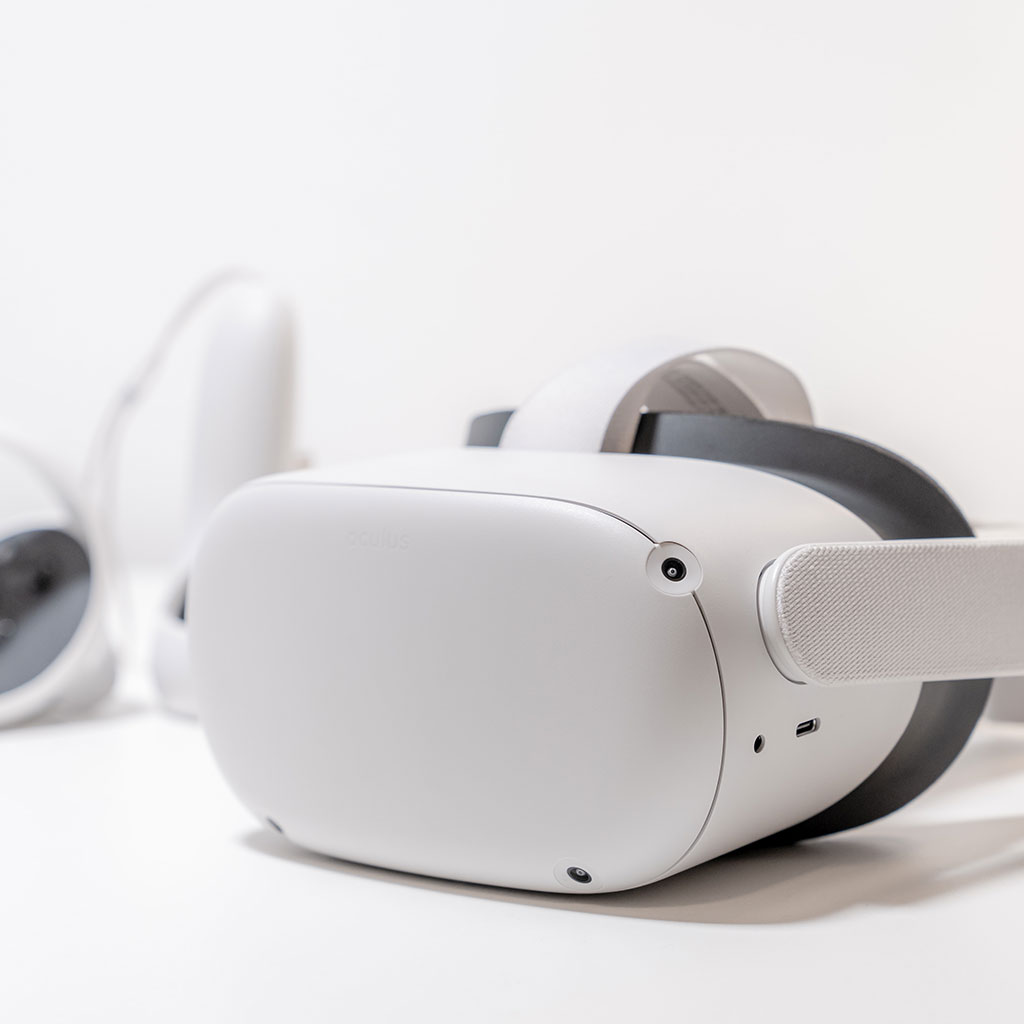Can you connect Oculus Quest 2 to MacBook Pro?
Can you connect Oculus Quest 2 to MacBook Pro?
Discover methods and compatibility considerations for linking your Oculus Quest 2 to a MacBook Pro for potential software development or content management in this informative guide.
Is it possible to connect the Oculus Quest 2 to a MacBook Pro?
Connecting an Oculus Quest 2 to a MacBook Pro involves several considerations and functionalities, primarily for tasks like content management, software development, or utilizing the Oculus Quest 2 as an extended display.
- USB Connection for Content Management:
- To manage content on the Oculus Quest 2 from a MacBook Pro, a USB-C cable can be used to establish a physical connection. Once connected, the Quest 2 should prompt a notification to allow data transfer, granting access to manage files, transfer media, or sideload applications via the macOS Finder.
- Software Development and Testing:
- For developers, connecting the Oculus Quest 2 to a MacBook Pro can facilitate software development. Enabling Developer Mode on the Quest 2 and utilizing development tools like Android Debug Bridge (ADB) allows debugging, testing, and deploying apps directly from the MacBook Pro to the Oculus Quest 2 for development purposes.
- Extended Display Functionality:
- While the Oculus Quest 2 primarily functions as a standalone VR headset, certain third-party apps like Virtual Desktop enable users to utilize it as an extended display for the MacBook Pro. This feature allows accessing macOS apps in a virtual environment, offering a unique way to interact with content on a larger virtual screen.
- Compatibility and Limitations:
- While it’s possible to physically connect the Oculus Quest 2 to a MacBook Pro for content management or software development purposes, the Oculus Quest 2 primarily runs on the Android platform, which might limit its direct interaction with macOS applications or features. The functionalities, compatibility, and limitations largely depend on the intended use and available third-party applications that enable specific features like extended display functionality or software development integration.
- Third-Party Applications and Workarounds:
- Certain third-party applications and workarounds exist to bridge the gap between the Oculus Quest 2 and a MacBook Pro, providing extended functionalities beyond standard data transfer. These apps or tools might require additional setup and configuration, allowing users to access specific features or use the Oculus Quest 2 in unconventional ways when connected to the MacBook Pro.
Understanding the intended use case and available third-party applications is crucial when connecting an Oculus Quest 2 to a MacBook Pro, ensuring compatibility, functionality, and the ability to perform tasks like content management, software development, or accessing macOS apps in a VR environment.
Are there specific macOS versions or software dependencies required to ensure compatibility between the devices?
For ensuring compatibility between an Oculus Quest 2 and a MacBook Pro, certain macOS versions and software dependencies are essential to facilitate a seamless connection and functionality. The USB cable used for the connection, such as the Link Cable or USB-C cable, plays a critical role. While a USB-A to USB-C cable might suffice for basic charging, using the Link Cable or a compatible USB-C cable ensures reliable data transfer and optimal performance when establishing a connection between the Oculus Quest 2 and the MacBook Pro.
Regarding software dependencies, having the right macOS version is crucial. Quest 2 users aiming to connect their device to a MacBook Pro for virtual reality content management or development should ensure their MacBook Pro runs on a macOS version compatible with the necessary Oculus software. This might involve checking compatibility with Oculus software updates, ensuring the MacBook Pro’s USB-C port meets the required standards for data transfer and optimal refresh rates, and utilizing specific utilities or drivers available for macOS in the Oculus software or Utilities folder. While alternative cables might work for basic functions, using the native cable, like the Link Cable or a compatible USB-C cable, is recommended for the best performance and connectivity, especially when transferring data or managing internal storage files between the Oculus Quest 2 and the MacBook Pro.
How does connecting a MacBook Pro help with developing or testing Oculus Quest 2 apps or content?
Connecting an Oculus Quest 2 to a MacBook Pro for software development or testing purposes serves as a crucial step in the development cycle for virtual reality (VR) applications or content. Utilizing a USB cable, such as the Link Cable or a compatible USB-C cable, allows developers to establish a direct and reliable connection between the Oculus Quest 2 and the MacBook Pro, enabling seamless data transfer, content management, and testing. Once connected, developers gain access to the Quest 2’s internal storage, permitting the transfer of application builds, assets, or media files directly from the MacBook Pro to the device, streamlining the development process. This connection enables developers to access and modify content within the Quest 2’s internal storage, facilitating efficient testing of applications or content in a real-time VR environment for debugging, performance optimization, and quality assurance.
Moreover, connecting the Oculus Quest 2 to a MacBook Pro offers developers the opportunity to navigate and adjust settings through the Oculus software or Utilities folder, allowing them to fine-tune applications or content directly from their macOS environment. By accessing the device through the USB connection, developers can explore settings like the refresh rate, configure VR experiences, or test various functionalities of their applications through the Oculus app on the MacBook Pro. Using the native cable or compatible USB-C cable ensures optimal performance during content transfer, reducing latency, and maximizing data throughput, which is crucial for developers engaged in VR software development or content creation, providing a smoother and more efficient workflow during testing and development phases.





You must be logged in to post a comment.